From cohabiting above an S&M dungeon in Chicago to living, sweating, and sleeping across the country in a Volkswagen van for an entire summer, Julia Stotz and Brian Guido are a photographer couple mere weeks away from marrying one another.
They made the move from Chicago to Los Angeles five years ago and their respective photography careers have bloomed in the interim. Read on for their thoughtful assessments of how their work has inspired one another over the years, how their styles have evolved, and their advice for budding photographers. Oh, and for what it was like to live above a sex dungeon. That too.
You’re cute, you’re cute, now tell me about your meet cute.
Brian: We were working at the same place. Julia had a long-term boyfriend, I had a girlfriend. At some point, we both became single and Julia made the move on me.
Julia: It was time.
Brian: And then I had a little freak-out and moved to Texas. That ended up being the wrong call. I wanted to see the world, and Texas was not exactly the right destination for that. So I came back, and it was like, Let’s do this. Julia’s roommate was moving out, and I proposed taking her place and seeing how it went. If it doesn’t work, it doesn’t work. We were friends and honest enough to do that.
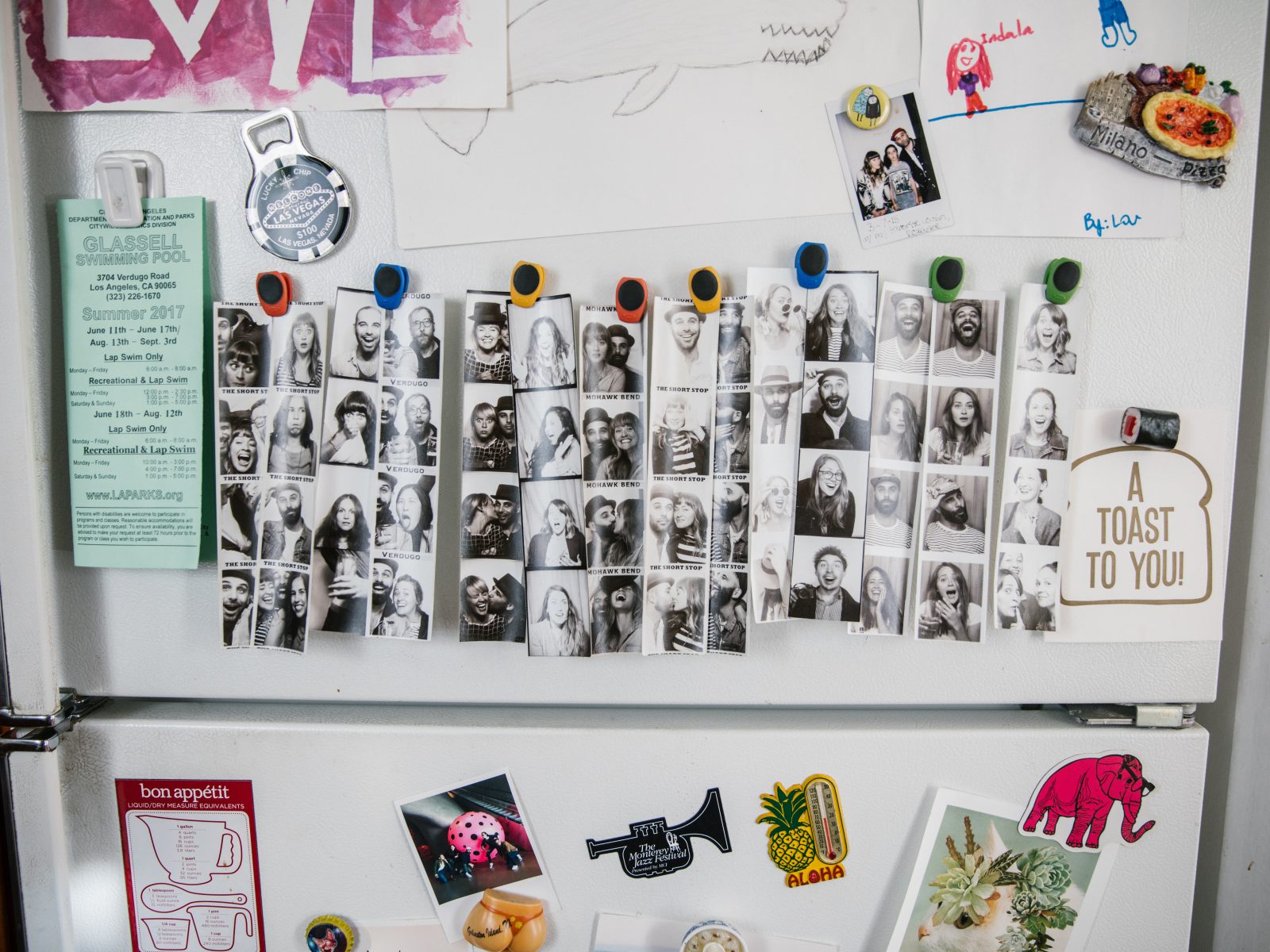
So you guys have been living together since the beginning of your relationship?
Julia: Pretty much, but we had been friends for 10 years before we got together. But from the start of “This is us dating now,” we had moved in.
Brian: There were growing pains out in our first place together. I didn’t have work figured out. I was a freelance assistant to photographers and it was tough and I was clueless and stayed at home a lot and Julia had a full-time job at a blue chip gallery in Chicago. When she figured out it was time for her to leave the gallery and start shooting full-time, I was picking up assistant work and we decided to move into this huge 2,500 sq. foot loft. That’s when we saw our future: the growing pains of moving in together were over.
J: We needed a space of our own. That’s when we carved out and created an office and a photo studio and a live-work space that was all in one, in Humboldt Park (Chicago).
B: We repainted, built walls, put all sorts of time and effort. It was cool, but eventually we decided it was not the place we wanted to stay in. It was under an S&M dungeon.
I’m sorry, what?
B: Yeah, we lived under an S&M dungeon that was open on the weekends from 8-4am.
J: It was funny at first, but after awhile we just wanted to go to bed. Brian was still assisting but wanting to get out of it. Work was getting stale for me, and I wanted more creative work and stuff that didn’t feel like straight advertising.
B: We moved to LA in 2014, found a cheap studio, Julia got a rep, everything was going great. I had a big commercial job that kickstarted LA, making work but not really sure what was going on with my life. We were happy but then we hit this lull of not liking LA, and wondering why we moved here. It was the hottest, most draught-ridden year they’d had on record in 5 years. 90 degrees in February for weeks on end and we didn’t have A/C. Then I bought this silly Volkswagen van and I convinced Julia to go across the country: summer in the van. Stupid #vanlife idea.
J: We named it Vansel Adams. We lived in it for 3 or 4 months off and on, we stayed at friends places and camped in Walmart parking lots — it’s the one parking lot that will allow it. We stayed in 13 of them. It was amazing how many people crashed each night in a Walmart.
B: I would have kept going but at some point Julia was like Okayyyy, we are outta money!
J: I kept getting job opportunities, and I had to write bids and have conference calls from McDonalds, the only place on the road with WiFi, and at a certain point we were like okay this is crazy, LA is calling us back. There’s a reason why we did this and we learned a lot but it’s time to say goodbye. So we came back and that’s when we found this place. Highland Park changed my perspective of LA.
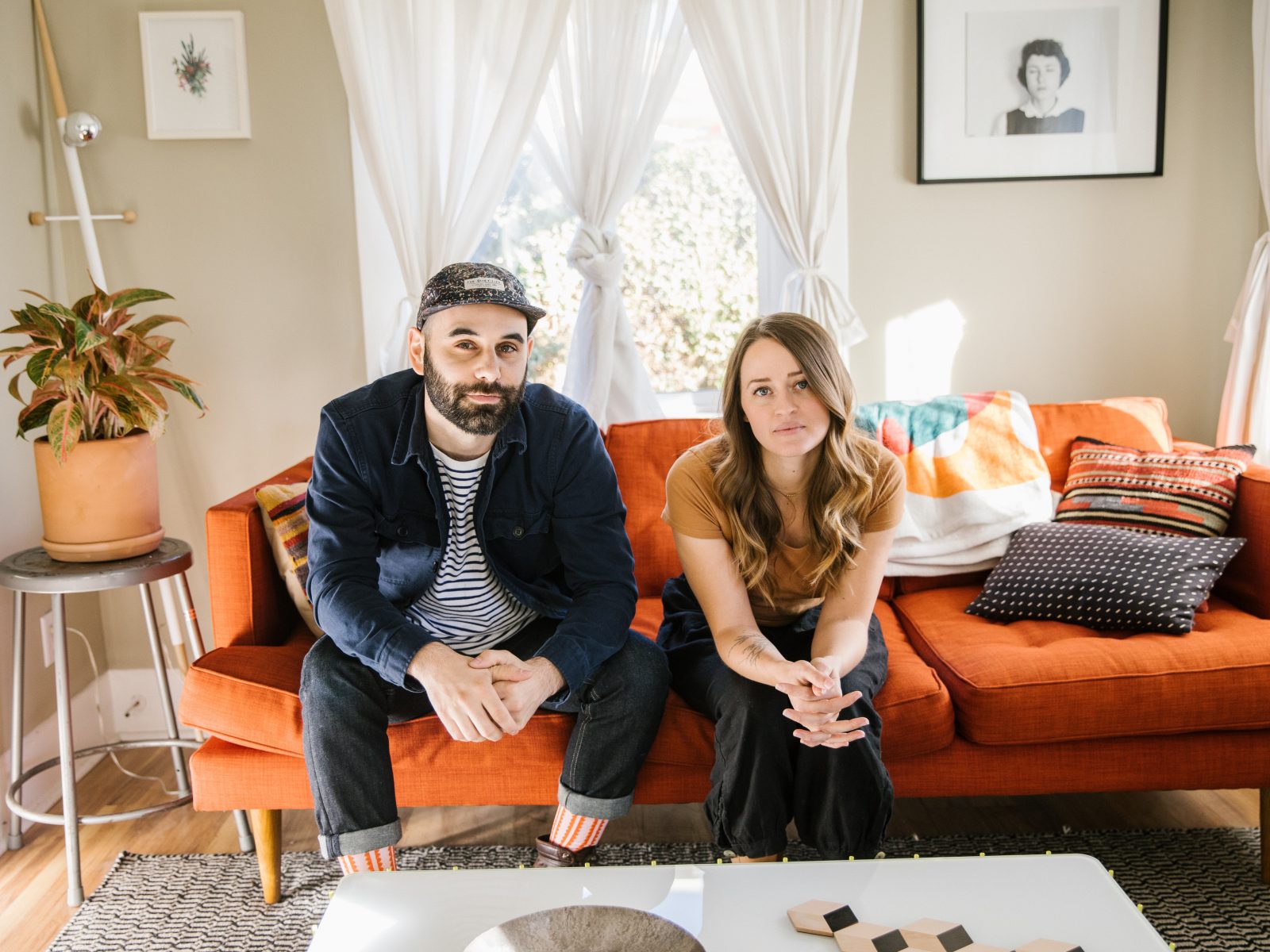
It seems like you’ve both found and honed different subject matters. Julia, it seems like you’re doing more food and lifestyle, and you Brian more art, architecture, and documentarian portraiture. How did you find the niches that you’re working in right now?
J: I guess I’ve always been really attracted to still life and food. Living in Chicago, it was hard to really narrow that down. You can’t push the limits in the same way, it’s safe food photography. I love still life, and anything food-related is all I want to shoot.
In the beginning we tried to shoot together, do the duo thing, but we realized we’d rather support each other. Share a space, share equipment, help each other out when we need to but both our visions for shooting are so different that we were trying to meet in the middle and that wasn’t the point of our growth. He loves long-term documentary projects and portraiture and human subjects a little more than me. I could sit around and move a stupid tea towel and pomegranate around all day and for him, it’s all about the interaction with people.
B: A friend of ours asked us to shoot her lookbook and we did it a few times, that was testing the waters and it just felt a little like too many cooks in the kitchen. We both have a lot of strong opinions in how we make photographs that we could tell it wasn’t right.
It was cool to try it and share a conversation about it but we realized it was better for us to be separated in that stuff. We live together, we sit next to each other. It’s the one time we can get away and have something of our own that we can bring back and talk about with each other later.
Can you discuss your individual approaches to a shoot?
B: My interest in photography is all documentary. I was interested in using photography as a critical tool. I’ve grown away from that, though I’m interested in the aesthetic that includes and the harshness of photography that can provide, but I’m on this kick of creating beautiful pictures. I’ve been delving into subject matter that can be documentary-esque but not necessarily a very serious subject.
I think for Julia it’s less about that, it’s not documentary in any way. She uses photography as an architect of building compositions and content.
J: I like crafting a story instead of pulling from reality. A lot of times, Brian wants to explain what he sees in real life and capture that in its genuine way, and I would rather construct something to tell a story from scratch. I work with a lot of prop stylists, I like coming together to collaborate and create something that has a storyline to it but more from scratch, whereas Brian pulls from the story and reality of the subjects.
My favorite jobs are the ones that can round themselves out. If I’m photographing a chef in their space with their food and their final plated dish, which is their work of art too, that they’ve created, I love those stories best. I love the people behind the food as well.
B: This last year, we set a loose goal of saying yes to everything that we feel fits the parameter of what we’d like to be focusing on in photography. It’s soul-sucking in a way to do a job just for money, even though we should do it just to save for a house and our future.
J: I think we noticed that the majority of our friends who are photographers or other people in the field were able to craft a “look” that’s theirs. Living in Chicago, you have a style that you create naturally by working the way you work, but coming to LA, the goal was to craft a style that people will not only recognize us for but that will also hopefully bring us work.
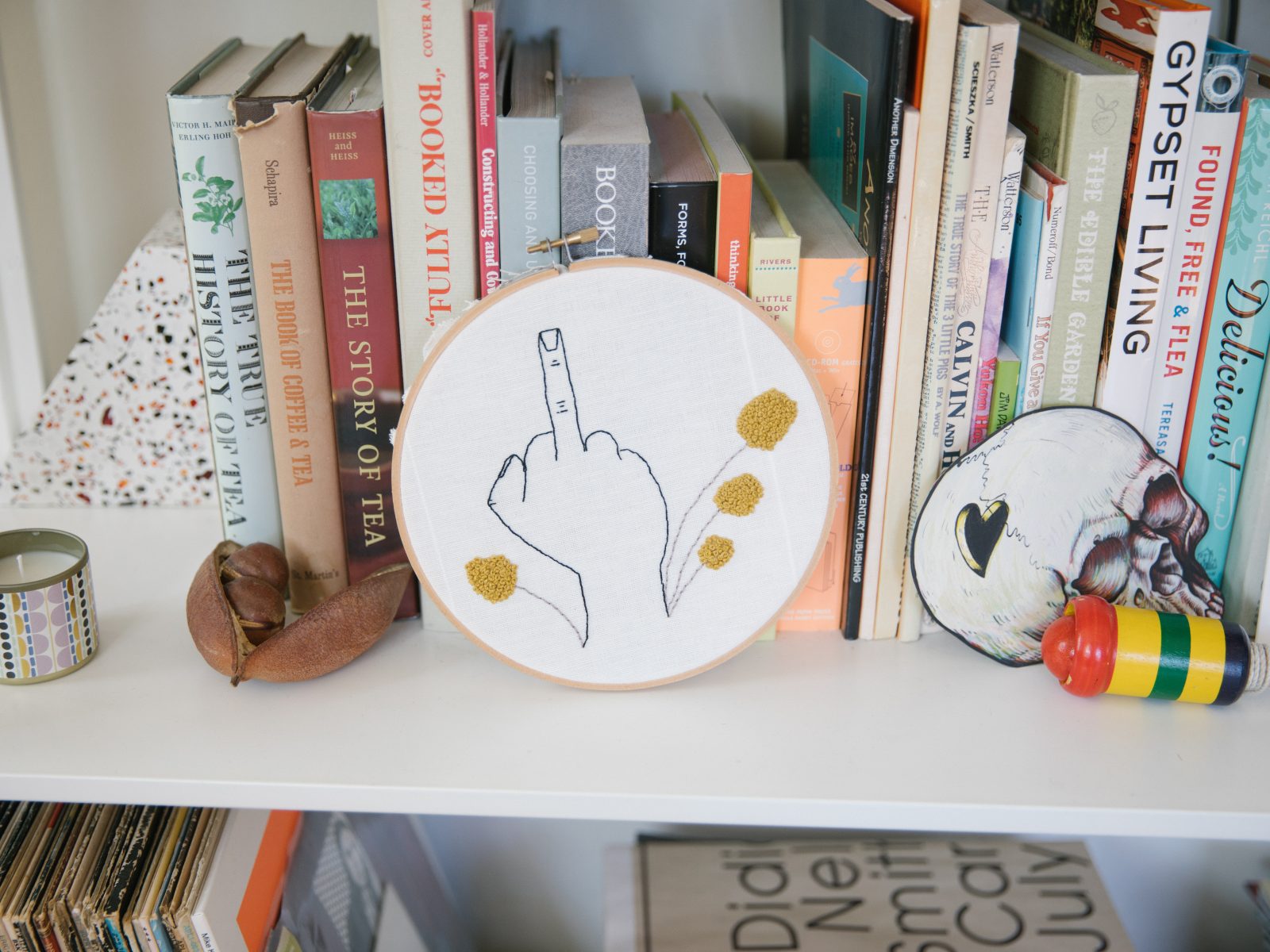
It’s interesting to me that two people can both be smart photographers, educated at the same school, living in the same city, often getting paid to take pictures of the same things, and the photos can look so different. Does that come from you both looking at the same frame and approaching it completely differently, or is it that in post-production, you figure out what you want to show differently?
B: Probably both. Rarely, we’ll shoot weddings together and I think we excel in doing that in different ways. You can tell in the photos, it’s just interesting the way one pulls back the perspective and the other goes in close.
J: And when we help each other narrow down an edit, if we’re going through a huge lump of shots from one job, our backgrounds are similar where we’re looking at composition and the way the photo moves. The way we took the photo may be different than the other person would have but we’re still using these rules of what makes a photo pleasing or interesting. But we definitely shoot in a different way originally.
B: This year, we’ve begun to have conversations where she doesn’t like the thing that I thought that was amazing, or vice-versa.
J: It’s good being honest I think. It doesn’t mean it’s a bad photo, but just like in any art form, it’s so vast and the more you get specific on these two different subjects, you can nitpick about the desire to go more weird, abstract, beautiful, or simple. It creates conversations about what makes the better photo.
Brian used to craft only with artificial light, but now he uses artificial light that is more natural-looking. We’ve rubbed off on each other.
B: I was never really satisfied with those harsh-lighting photos, it was a “look.”
J: Part of it is choosing what your style is and what separates you from other people, but also being aware of what does work in the commercial world where we have to make money. As a freelancer, you don’t want to stylize yourself out. There are so many trends from the beginning of the digital era that are so cheesy and campy that no one would ever shoot in that way now, so I think it’s also evolving with aesthetics while crafting who you are.
B: We both learned on film and crafted in the darkroom. We’ve made a conscious effort to walk away from that and make digital photos. It’s very hard to develop a thing on your own. There’s plenty of awesome VSCO filters, and we use them and they look great, but how do you do that, put your fingerprint on it, or are you just making pictures? We talk about this ALL the time, how do we tone this or how do we work on this to make it feel like ours? In the end, you overthink it to the point where it looks like something you made, no matter what.
J: It’s also in a time where everyone is taking photos. It’s an oversaturated world of imagery anyway.
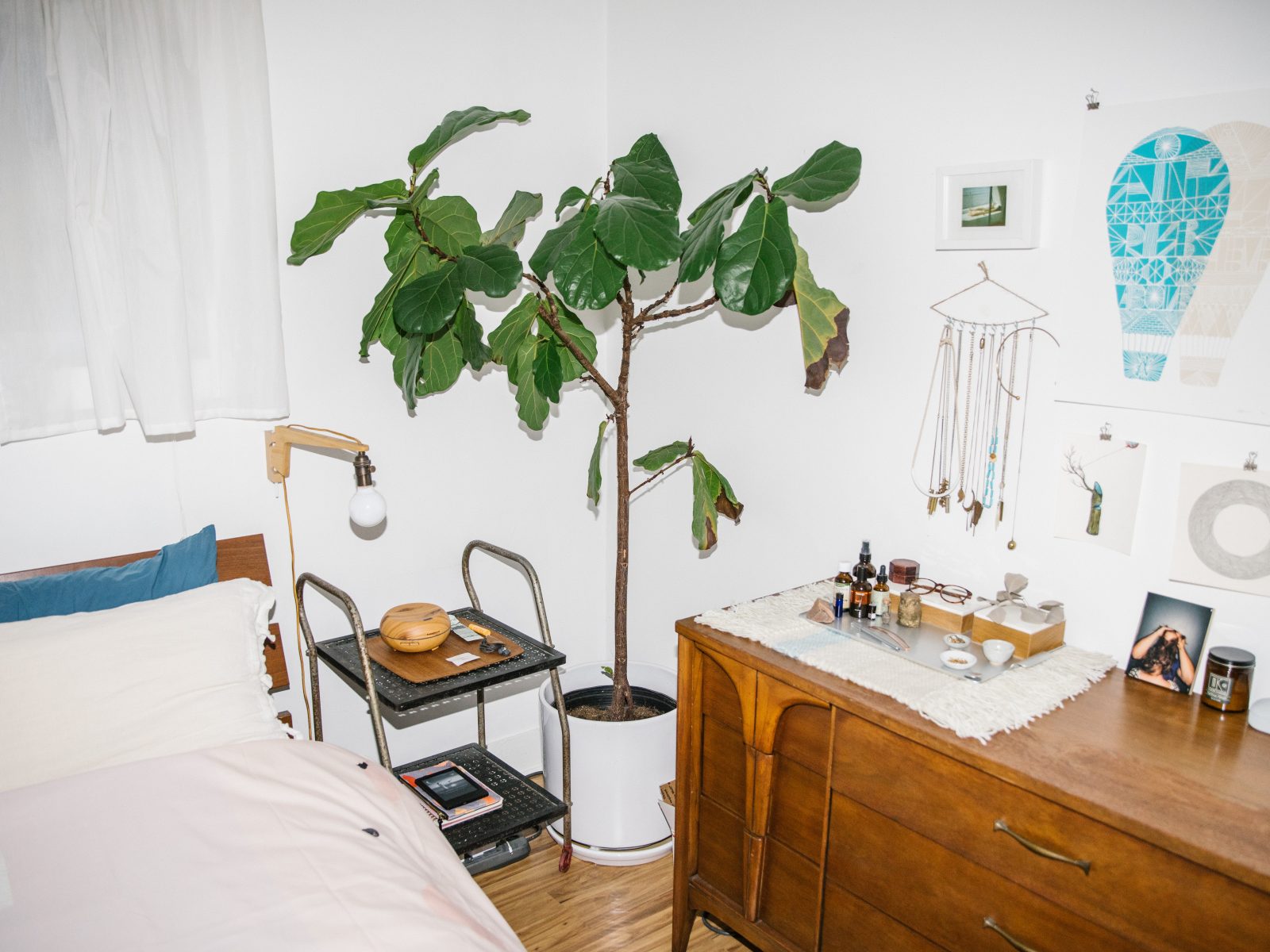
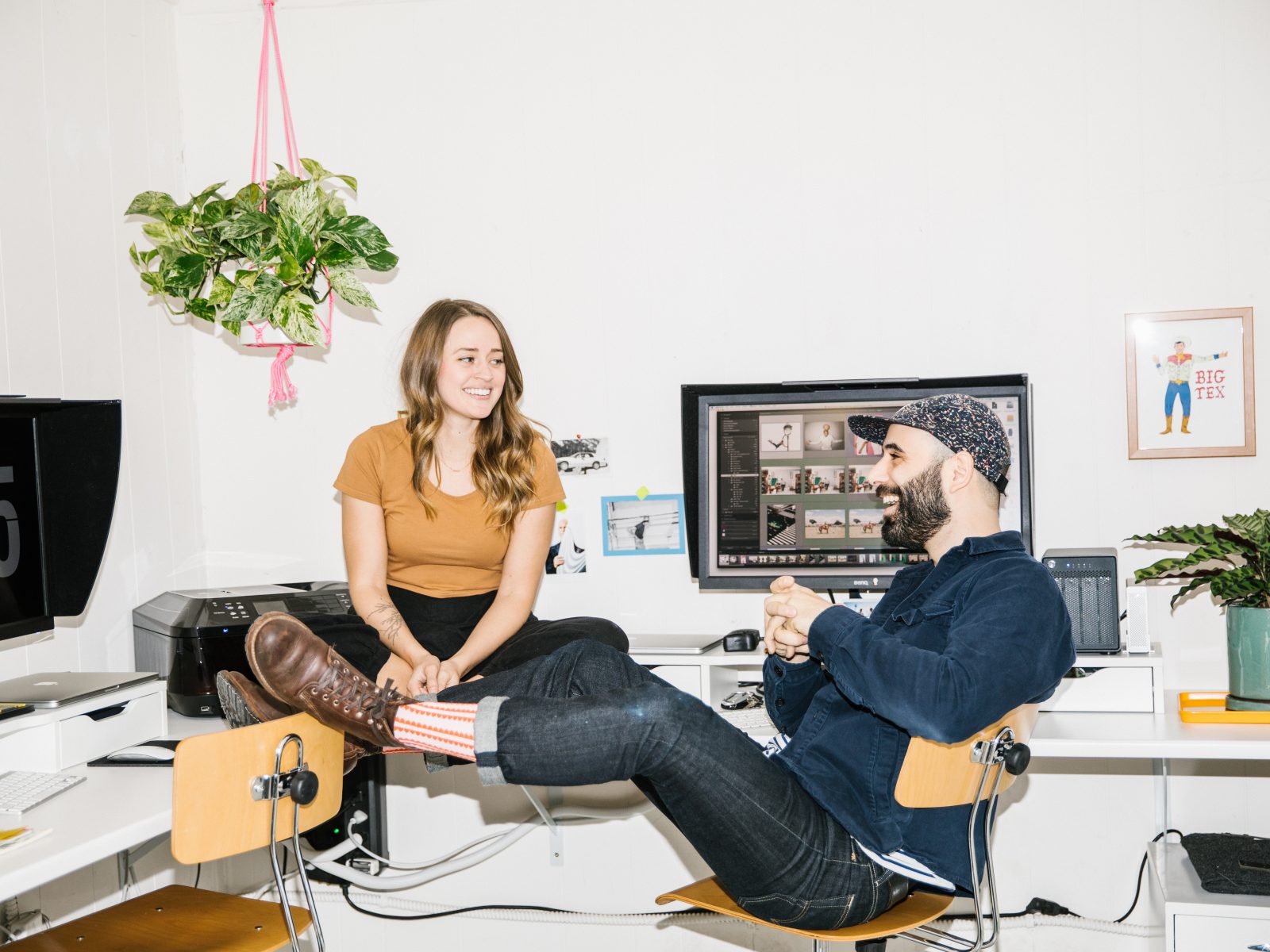
How long did it take you to earn an income solely on photography work?
B: Since I left school, I made it a goal that I would only do photography-related jobs, as an assistant or digital tech or whatever, and I haven’t taken a single other kind of job. I worked at a museum, but I was a preparator. There was a lean time where I flipped furniture for profit, but that’s it.
J: Same, I worked at a gallery right after college, but after that, I’ve been completely freelance.
What’s the worst thing about working in the same industry as your partner?
B: Slow periods. We’re both freelance, and when the slows are slow, we get crazy.
J: it feels like it’s a rollercoaster going opposite. When I’m busy, he’s slow, and vice-versa. It’s really hard to see a person being slow for work, and you’re jamming out on all the work you’re getting, and the other way around.
What’s the best part about working in the same industry as your partner?
J: We get the language that we’re talkin’. There are so many people who have careers and go home and they want to leave their work behind for the day, and that’s great, but I’ve also heard about people getting excited about their work and wanting to talk about it and they’re frustrated because it goes past the partner.
B: It’s nice to not mention that you have to take pictures. When one of us says “I want to go here to experience this thing,” or to learn more about this thing, we understand that photography is the language with which we engage in the experience. It’s also an easy support system to have. We have a community of people we surround ourselves with, but no matter what, we’re the both person who will look at a photo, or at color correction, etc., that we go to.
J: We both know where our weaknesses and strengths are, so we hold each other up.
Do you have any advice to budding photographers on how best to hone their style or making a living as a photographer? One thing you’d wish you’d known starting out?
B: It’s very cliché but for photography, you just need to keep making pictures. That’s it. You just keep shooting. Making stuff that you’re excited about, so that you have tons of stuff to look at.
J: I also think keeping a community of people around you that is also doing the same thing you do for work is super helpful. I feel like you get done with art school and there’s no guidance to how to run a business or reach out to clients, or how to do things that aren’t just the photo part. So when you’re around people who do the same thing, you broaden your community. Getting to meet people on social media whose work you like or keeping in touch with friends who are doing the same thing, you learn so much about how to actually get the work you want to shoot, the actual jobs.
The creative world is such a closed book on how things are done, and you don’t know how much things cost or how much to estimate for, its’ so confusing. Unless you have a group people that you surround yourself with, how do you ask those questions? I don’t even feel the internet can answer those questions. Having that community really helps.
Interview by Kira Cook
Photos by Nathaniel Wood
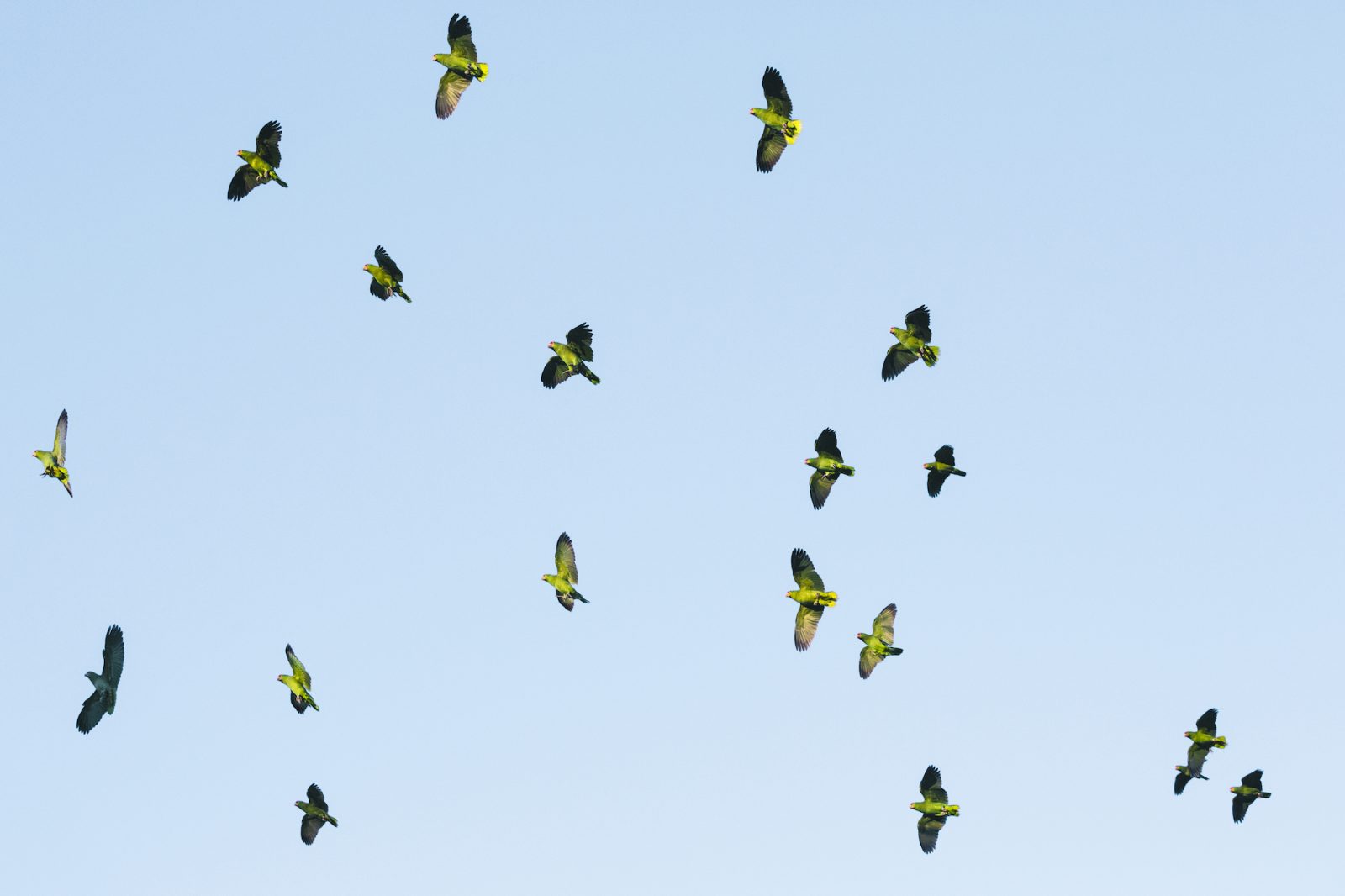
Comments